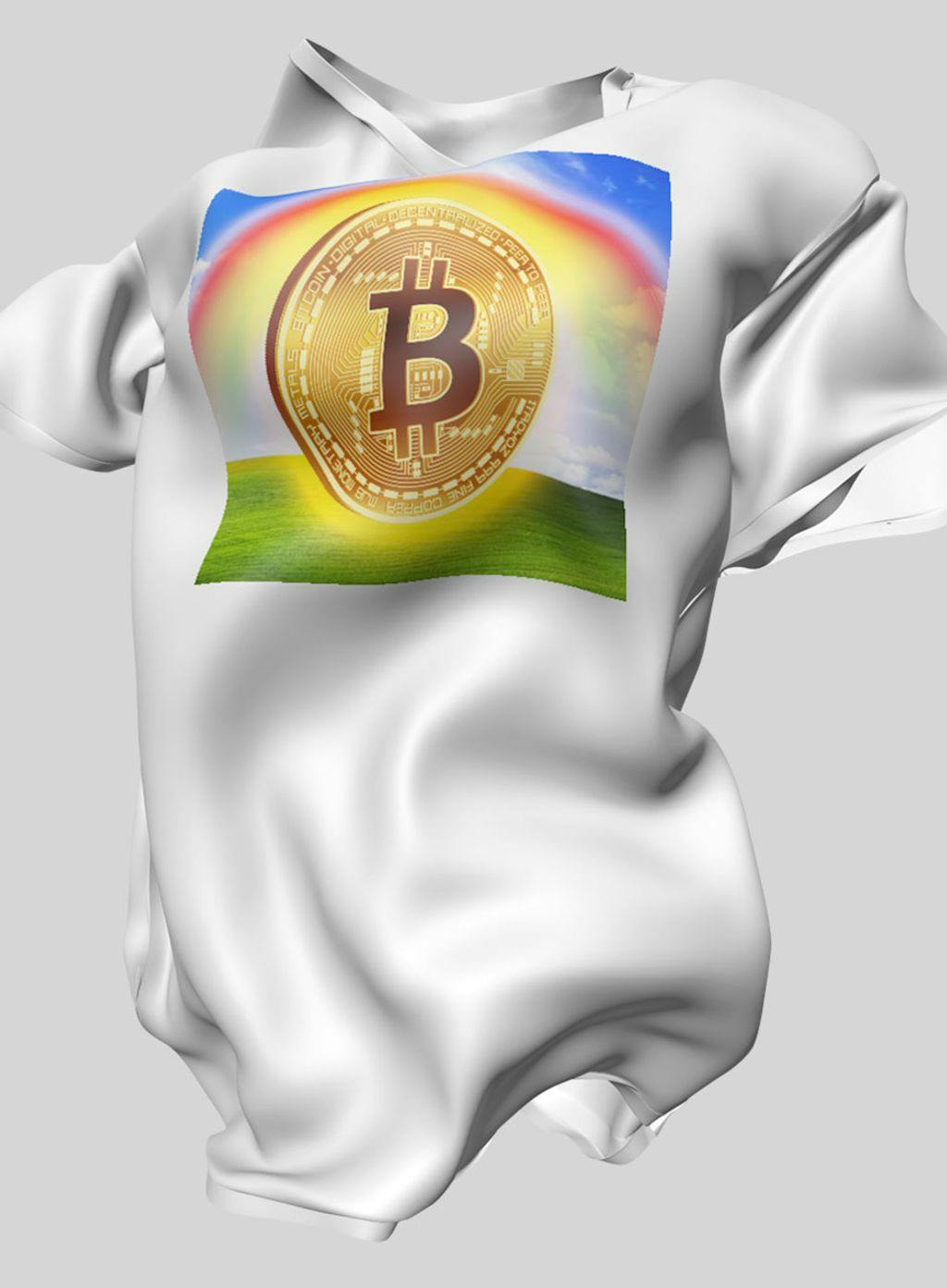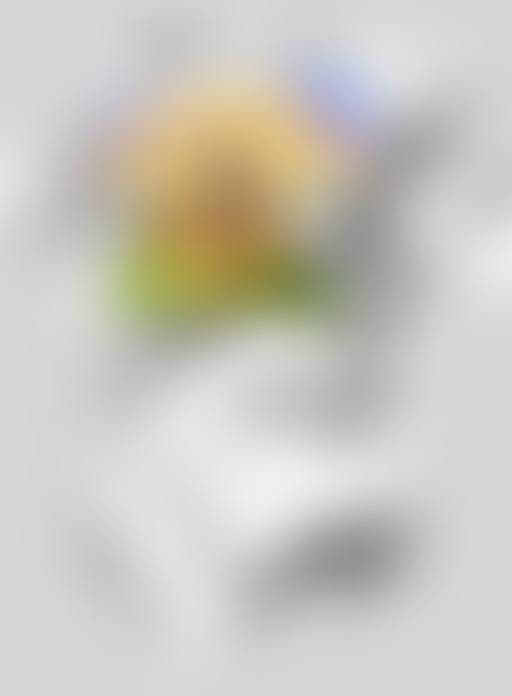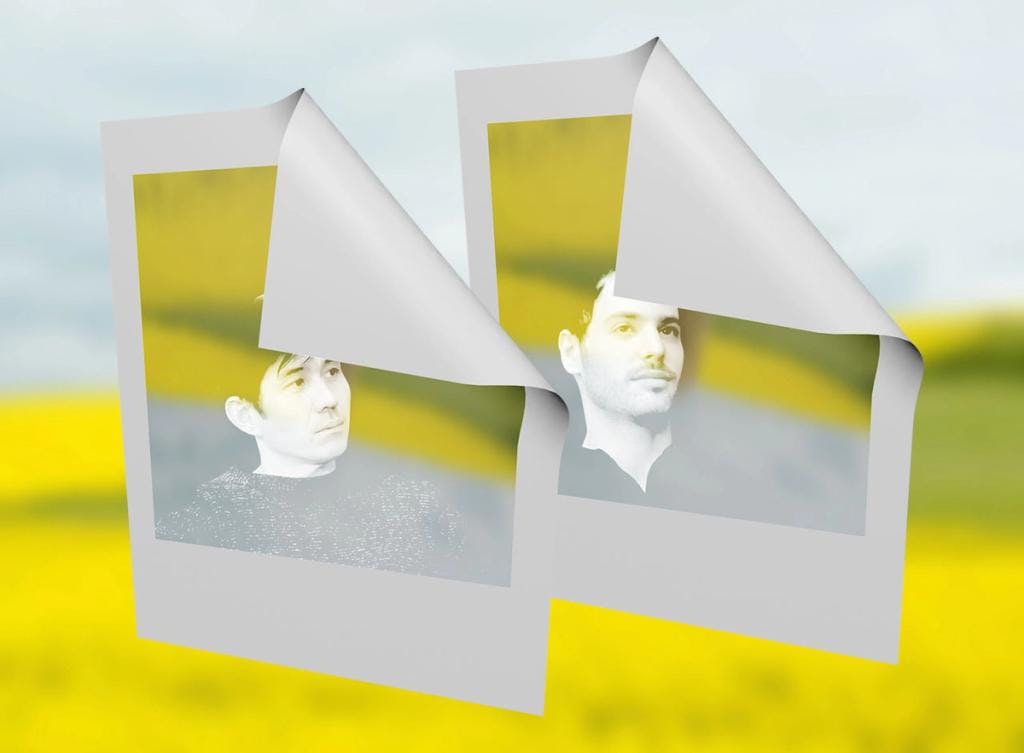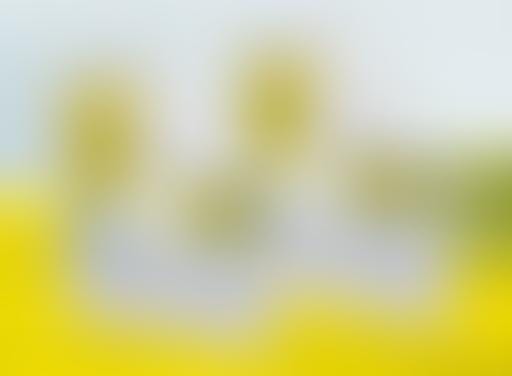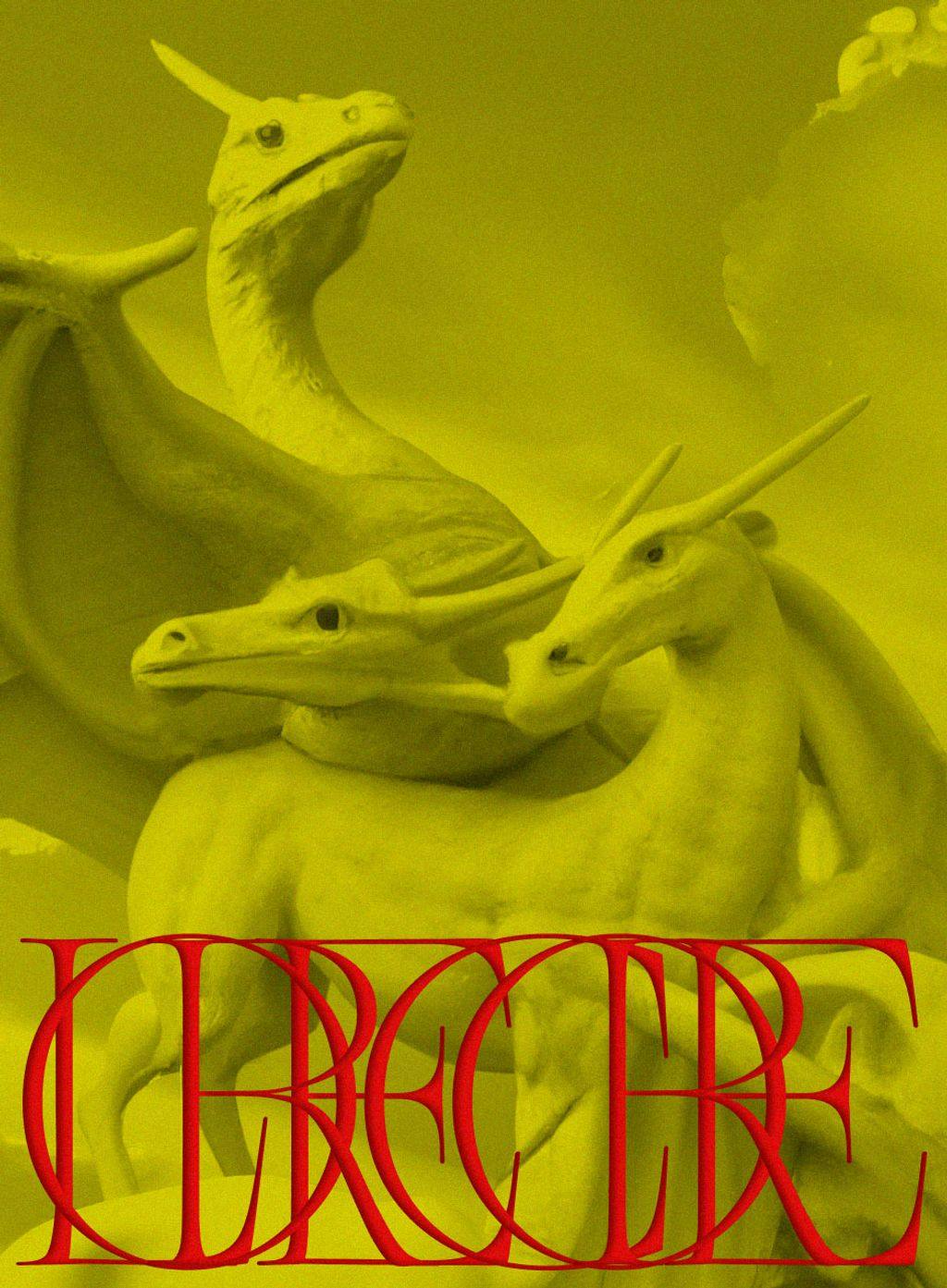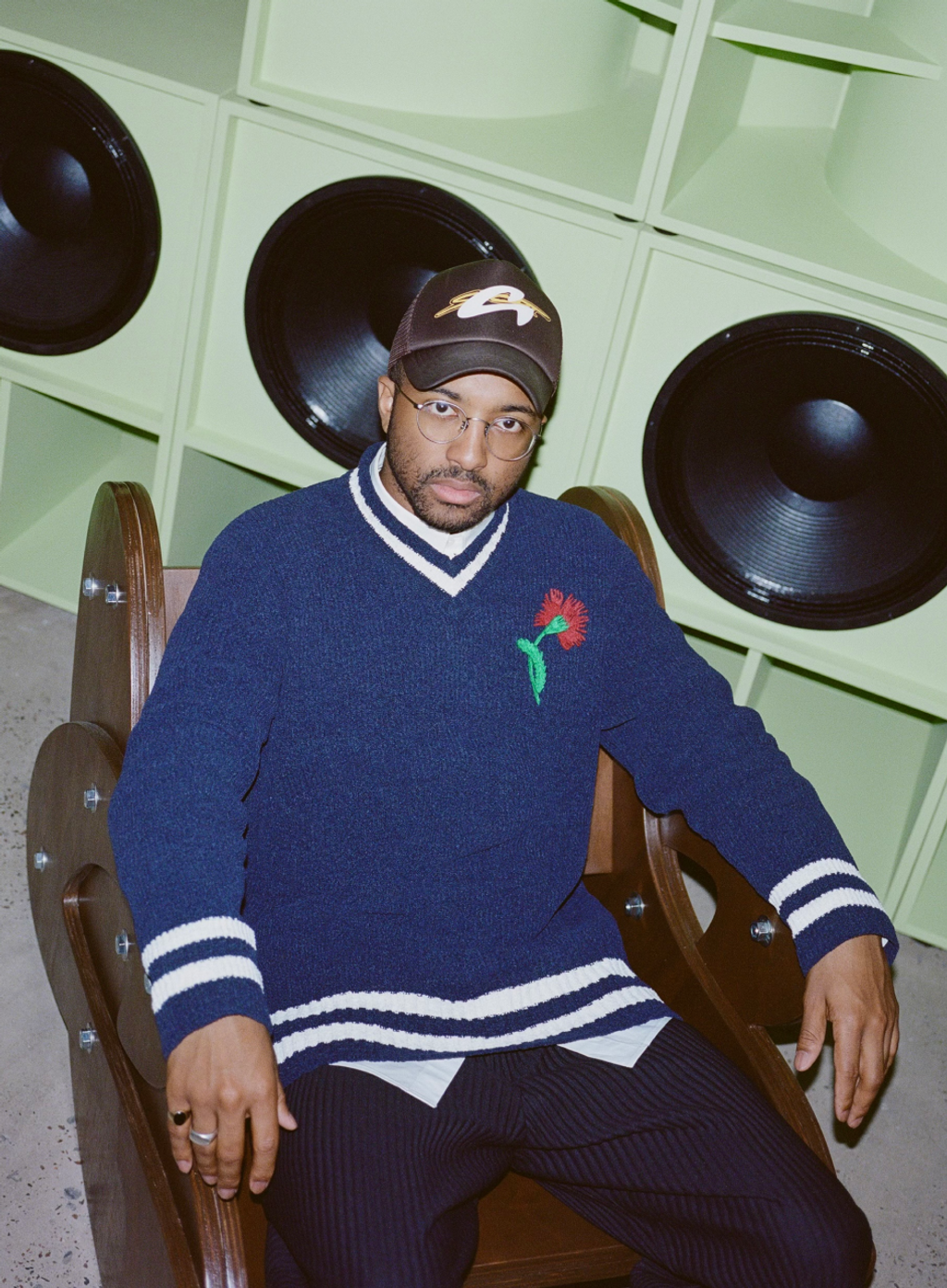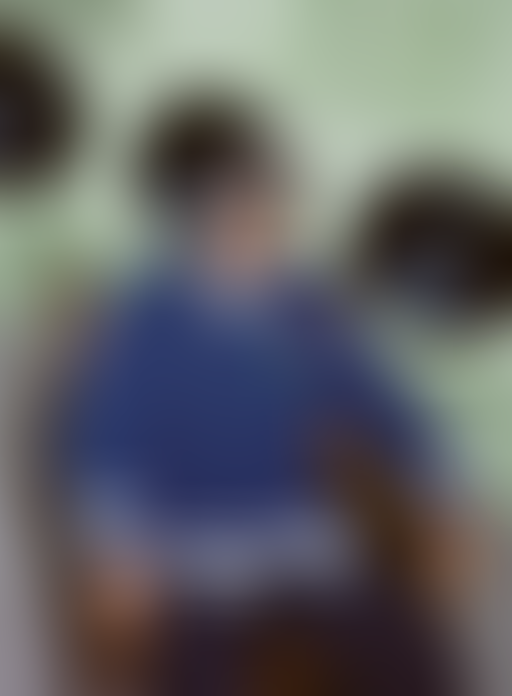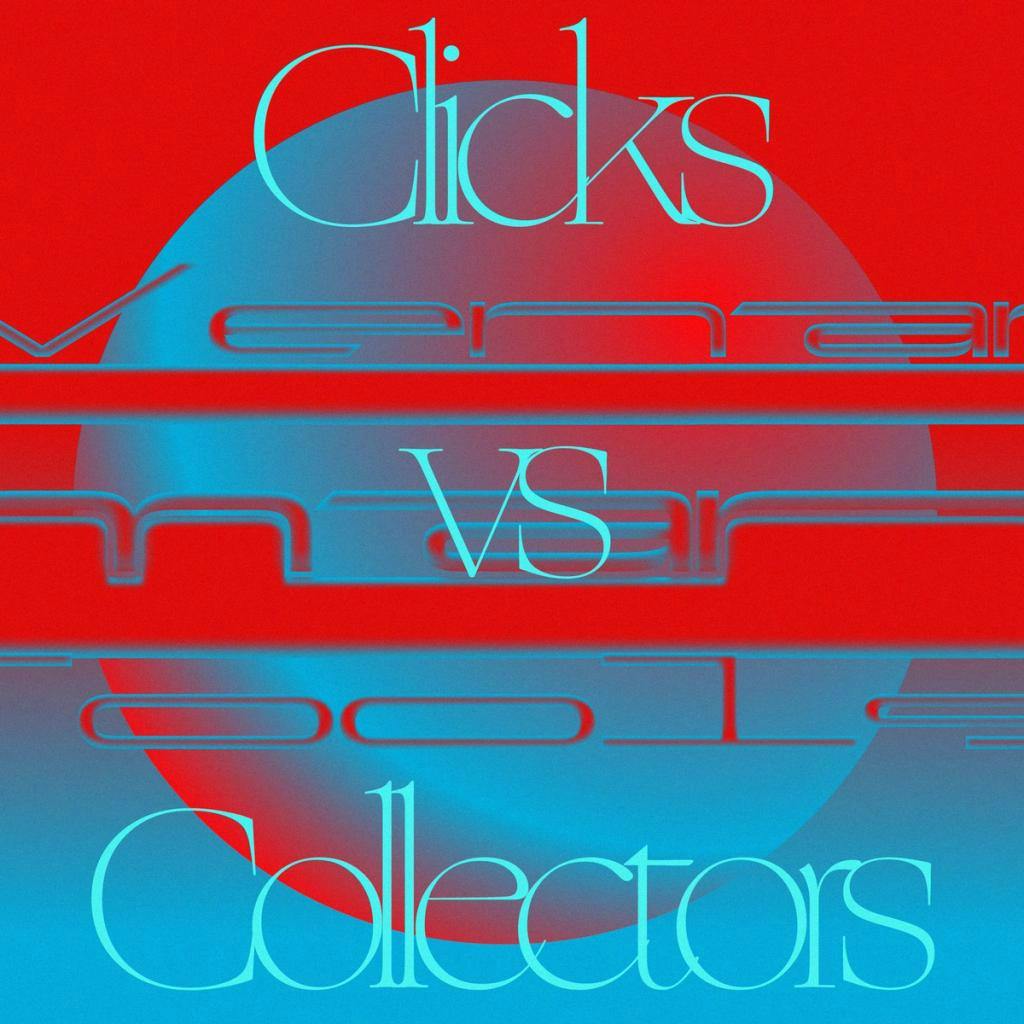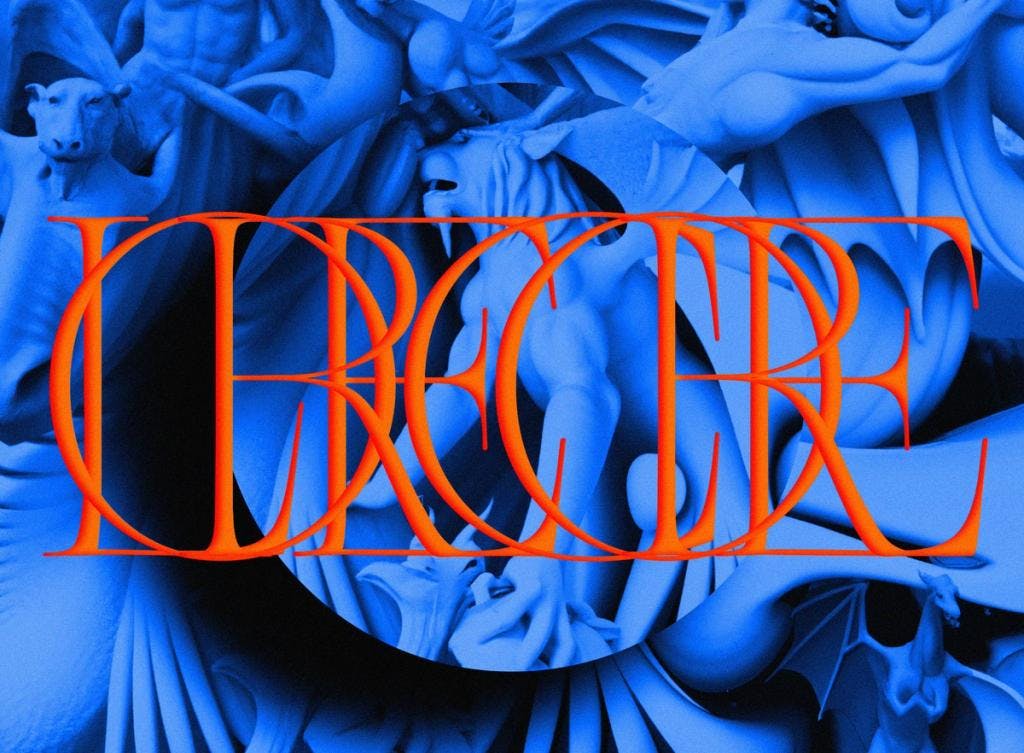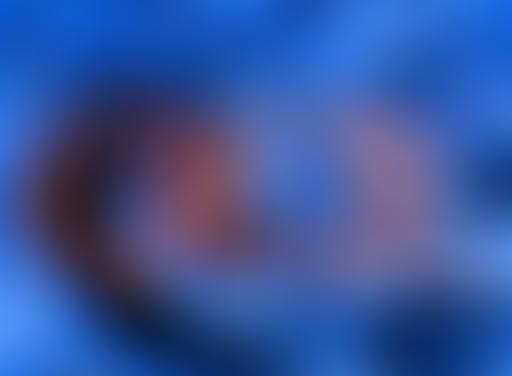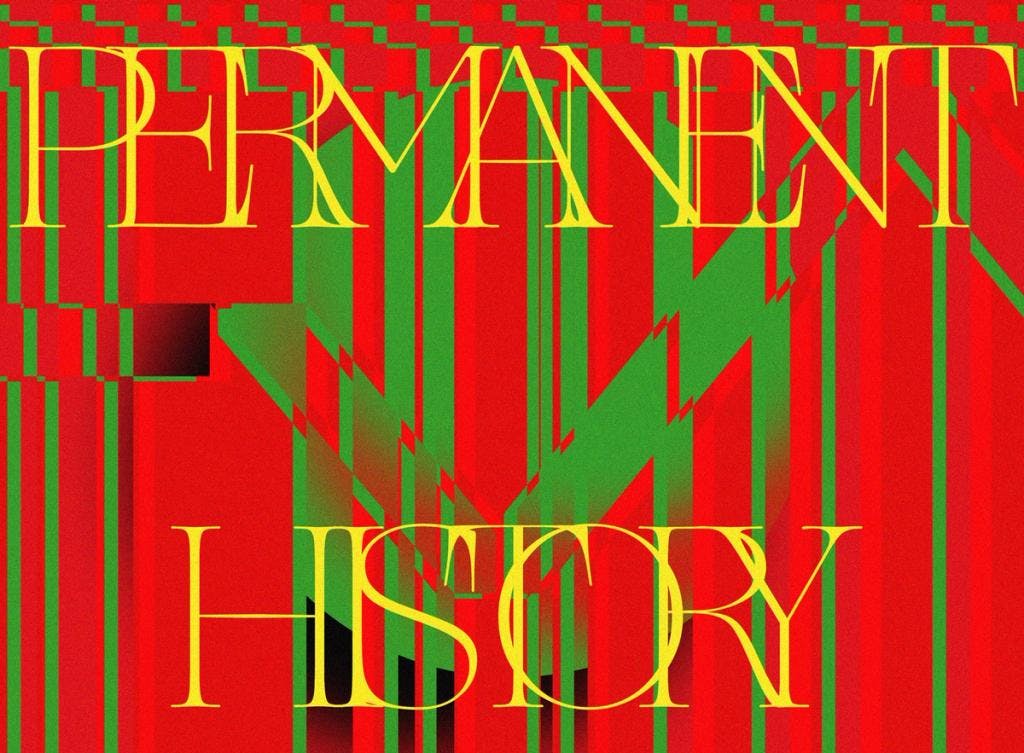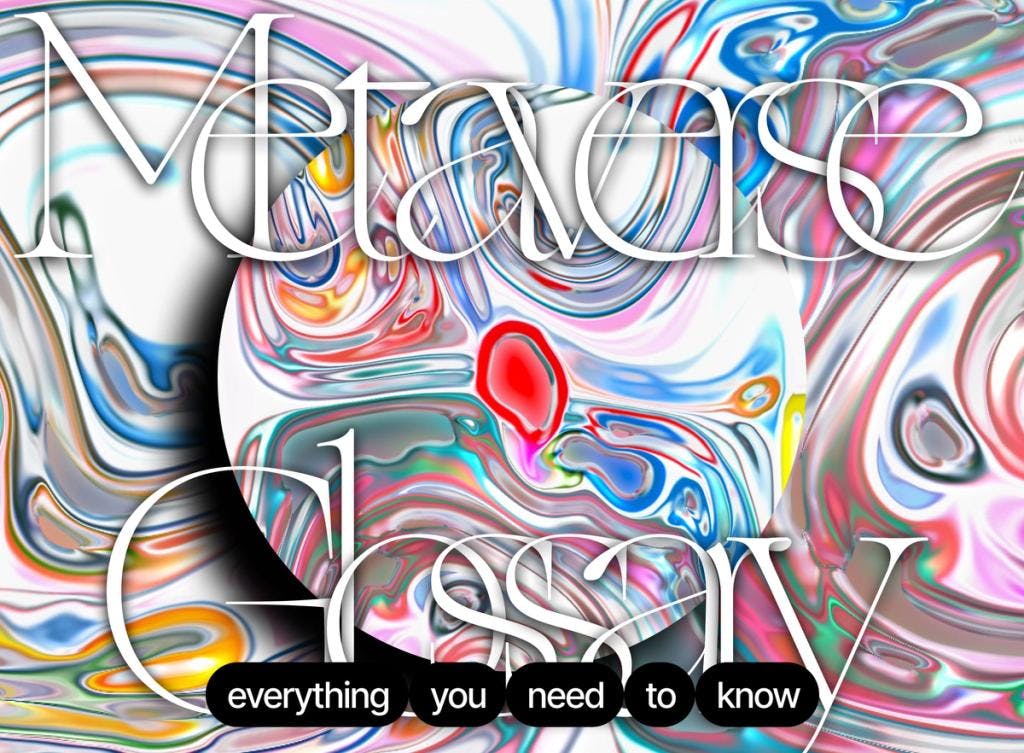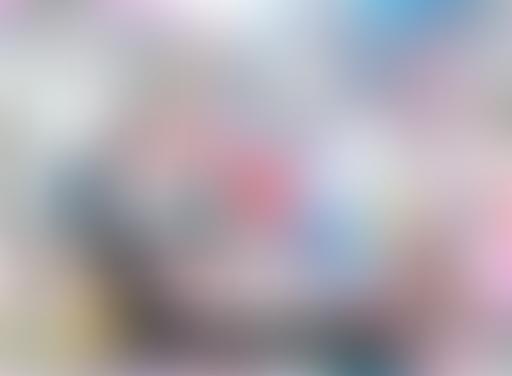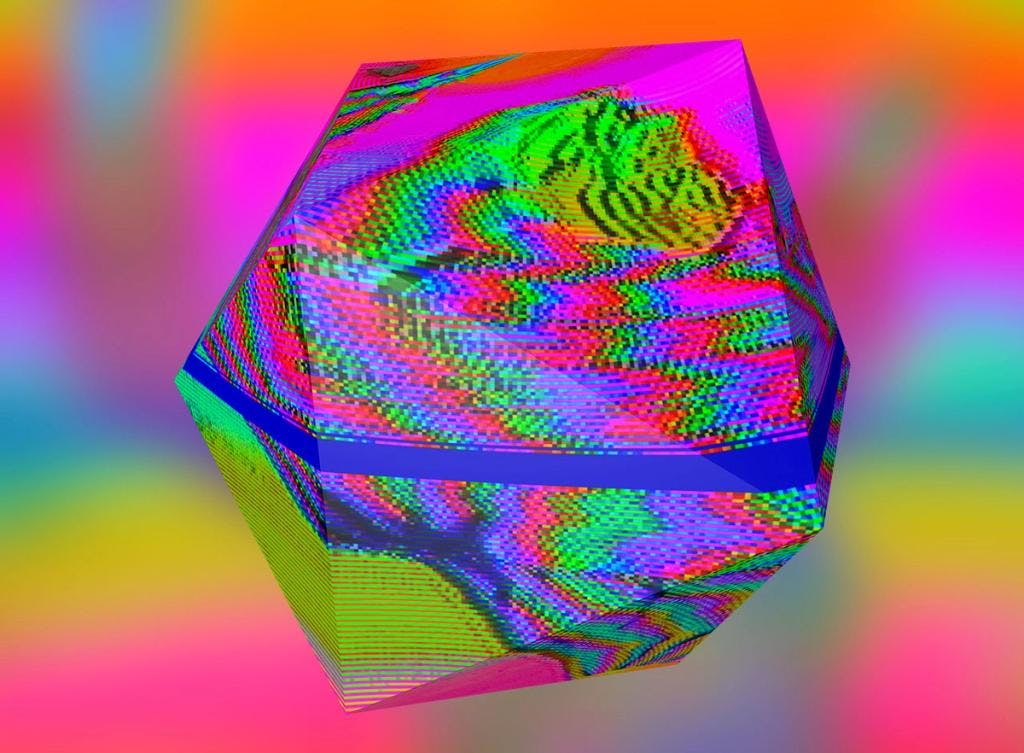


BraveNewArtwrld
Brave New Artwrld
Artwrld wants to use the transparency of the blockchain to build a better world for artists, and everyone else
In his book Culture as Weapon, Nato Thompson maps the enormous influence art has in everyday life. Art, he argues, can envision alternative ways to live and crack open hardened truths about the world, but it can also invoke our passions in more insidious ways, functioning as an avenue for institutions to engage in cause-related marketing that projects a politically-engaged image while safeguarding their own profits and prestige. “Plato thought the arts should stay out of the social arena because they were, indeed, so affective as to undermine reason,” Thompson writes, “Today, politics and capital have harnessed the power of the arts precisely for that same undermining ability. Affect can compel us to buy in to a cause, or to simply buy something.”
Artwrld, founded by Thompson alongside artist Walid Raad and experience designer Josh Goldblum, is building an alternative to the philanthropic sweet nothings of the business-as-usual arts economy. The NFT commissioning platform hopes to use the affordances of smart contracts to create socially engaged art that is something more than a symptom of capitalist realism, with a portion of profits from every drop going towards a charity of the artist’s choosing. The founders see in blockchain technology not only a fairer and more transparent way to support artists, but also a way to seed a new cultural ecosystem that can engender new forms of community and collective imagination. The idea is that if you change the underlying economics of the system, everything else soon starts to change too.
Their inaugural drop, Walid Raad’s Festival of Gratitude, is a good primer on Artwrld’s approach. The Festival is made up of a series of baroquely decorated birthday cakes “celebrating” tyrannical figures including Vladimir Putin, Margaret Thatcher, and Saddam Hussein, available either as full-cake NFTs or individual slices (half are laced with poison and the other half are infused with elixirs, you have no way of knowing until you buy/bite). Sixty percent of primary sales and five percent of secondary sales on platforms that support creator royalties will go to nonprofit organizations selected by Raad.
In the wake of the drop, ZORA Zine’s Guy Mackinnon-Little spoke with Thompson about the semiotics of cake, what he’s learned from the CIA, and how Artwrld are rebuilding a broken arts infrastructure.
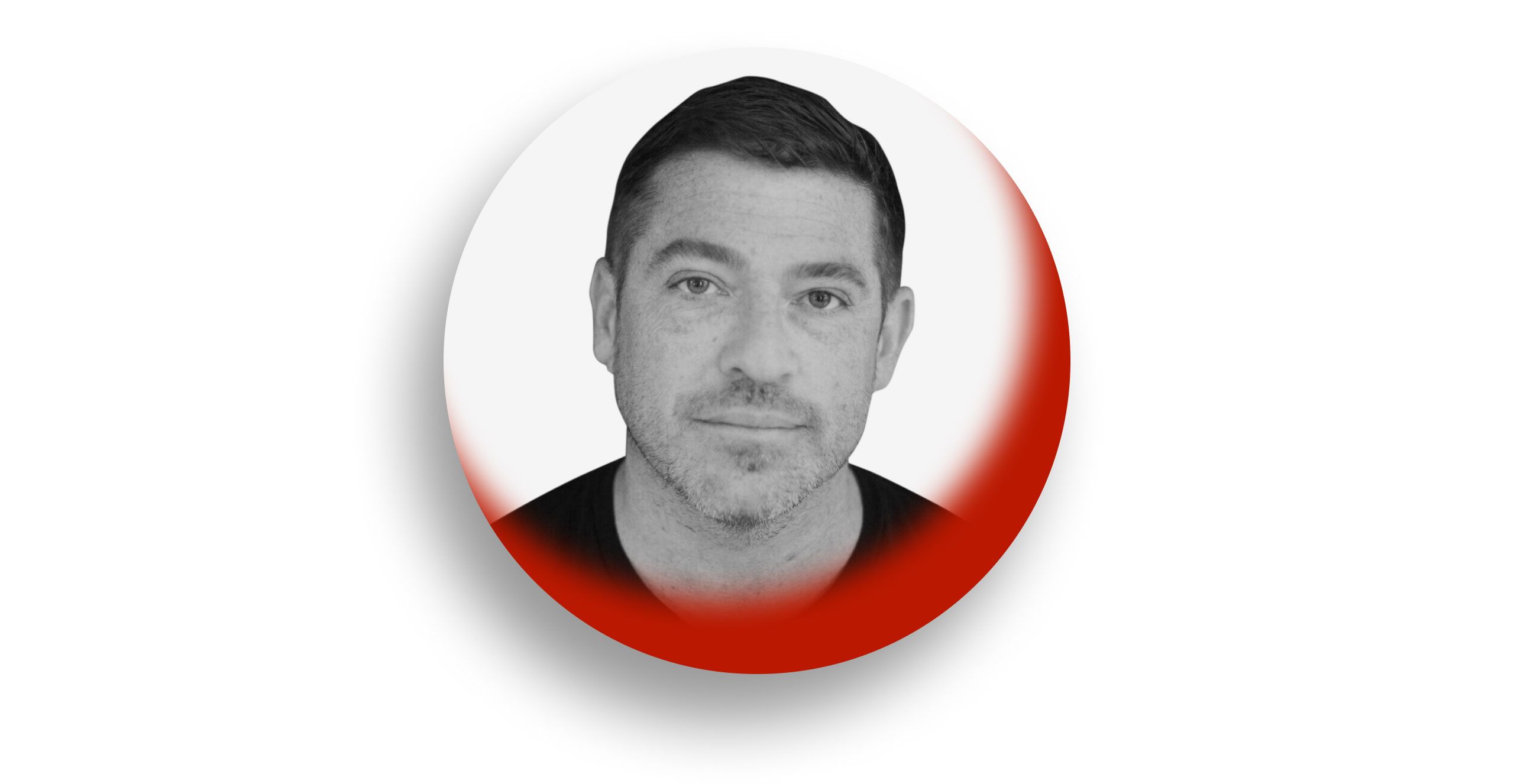
Guy Mackinnon-Little (ZORA): Let’s start with a little prehistory. How have your experiences got you to where you are now with Artwrld?
Nato Thompson: I’ve worked as a curator predominantly doing public art and also writing texts about art and activism. I’m interested in art that speaks an everyday language. The British equivalent would be something like Artangel. There’s a few folks at Artwrld that came with me from a place called Creative Time. We did large-scale public projects with artists. That’s been a big part of my life—working with artists to make interesting projects that say something about the world we’re in. Although working with artists is often like herding cats, which is fun if you like cats. And I do.
In writing, I have been thinking more politically and socially about what it means to do things that aren’t straightforward. To build infrastructures that allow for different kinds of things to occur. People are always calling out for different social models, different ways of thinking about economies, different ways of us being in conversation with each other. Up until a certain point in the pandemic, the world collapsed in a way. I think about that giant boat that got stuck in the Suez Canal with all our shipping containers on it. There was something kind of magical and weird about a boat being stuck and the world stopping.
During the pandemic, the physical world stopped and the internet world picked up speed. It seemed like a great opportunity to rethink not just art, but more importantly the infrastructures of art. The ways in which the finances change, who’s in charge, who the gatekeepers are. This Web3 explosion offered an opportunity. The rules of the game are up for grabs.
GML: Does that opportunity stem from the fact that we’re in a transition where things are more open to transformation than they might otherwise be, or is it a reflection of something more fundamental to Web3?
NT: An analog corollary is the year 1968 when a lot of the nonprofit art institutions that started as alternative spaces became big structures that shape our lives today. As the CIA says, money shapes power, but they also understand power is shaped by individuals simultaneously. In Web3, money does shape the space but individuals do as well. This is a moment for individuals. Eventually it might just be money. But for now, people can alter the rules of the game. How long that window is open with Web3, I don’t know. It seemed like the window was open for a while with Web2. Then we got Mark Zuckerberg, Elon Musk, and Jeff Bezos.
I certainly think that there’s a Web3 moment here where we can think about the ways in which power is structured: Who gets paid, how money flows, what the rights are, what kind of world we want to be in. It’s not rocket science in terms of how we can make things better. The bar is really low right now. This is a massive shift in the way organization can happen, the ways that art can happen, the ways that culture can be shaped.
GML: One thing that marks out the wealth generated by Web2 and Silicon Valley more broadly is that a lot of those names you mentioned haven’t come forward to become patrons of the arts in a way that many of the great barons of 20th-century capitalism did.
NT: I have to remind myself of something so basic about NFTs, which is that they were born out of DeFi. And the DeFi enthusiasm has all the creepiness of Web2 in it; The Silicon Valley boom, and these crypto money-hungry monsters—I mean if it was up to Web2, all of us would be working on building yachts for the super-rich or refining diamonds. That is not an economy. How about building houses for each other?
GML: But you saw that creepiness and decided this institution you’re now at the helm of could grow out of it. How did you and all your co-founders get together and decide this was a worthwhile thing to put time and energy into?
NT: We—my partners Josh Goldblum and Walid Raad—came at it from a side route. Walid’s an artist from Lebanon, teaches at Cooper Union and has long been interested in alternative structures to support artists. I come from the analog art world. The alternative art spaces. The broke artists. The art world that doesn’t make money.
The .001% that make money is what gets all the news and press. The big money gets the press. You know, in science they say there’s this dark matter that holds the universe together. Artists are like the dark matter of the art world; Most of the broke artists hold the art world together. Our inspiration has been to build fairer compensation and redistribution for artists and art institutions, and smart contracts were a profound opportunity. If you can change the underlying economics of how things are traded, you fundamentally change the entire institution. And the infrastructure of the art world goes back to the Medici period. It’s old. Retooling the underlying economics will profoundly shape this world to come, and we want it to benefit the art.
GML: Can you talk about your launch project with Walid? It doesn’t seem like a coincidence that your challenge to the art world is launching with a project centered around themes of decadence and stagnation, greed and excess. Is there a way in which this project serves as a manifesto for the broader sensibility of the institution you’re trying to build?
NT: It’s called Festival of Gratitude. It’s not a simple project. It’s a creepy project. It’s a celebration of tyrants, autocrats, sheikhs, princes, princesses, CEOs and GOATs, per Walid’s statement. These figures are often lauded and fill the headlines of our daily lives. The person who narcissistically claims wealth and power to themselves has become the rule across various spectrums of life and this project celebrates them with really beautiful, ornate, highly baroque cakes. It’s distasteful and that is the point. It’s meant to be extremely bittersweet. Sometimes political work is really good when it overidentifies with power. It’s a critique of the love of power and the love of people that accumulate power. With the smart contract, one is able to both say one thing and do another. While it certainly says one thing, the funds circulate to nonprofits in the Middle East and to projects that support folks in Ukraine. It’s an elegant way of demonstrating the twofold nature of NFTs: The way finance is circulated and the way images or messages are communicated.
We were shut down by Meta because they thought we were political advertising for Putin. We’ve had different arts organizations balk at it because they just thought we were celebrating Putin. It’s not the easiest thing to come out of the gate with but I just can’t spoon-feed the world. I didn’t get into this life to spoon-feed art to folks.
A completely commercial enterprise would just want something that’s really click-friendly. This is not click-friendly. No one’s forwarding Putin support cakes. It goes against the grain of being easily digestible, but that’s what we want. Plus, they’re really beautiful artworks.
GML: Circling back to what you said about how having the smart contract in place allows you to say one thing and do another—they do allow for a degree of irony. The art world is very good at performing complicity, but very bad at translating that into something that has meaningful downstream effects.
NT: A smart contract is a very powerful tool to demonstrate two different kinds of politics. Perhaps it allows for a certain metaphoric or representational meaning to contrast with its underlying economic flows.
GML: It conjures that meme where everyday objects are sliced open and revealed to be made of cake. There’s something about cake that plays into the gap between real and perceived value. There’s also a sense of complicity that comes with buying a slice of Feastival of Gratitude, as if you’re participating in the celebration.
NT: There’s a scene in The Godfather Part II where Hyman Roth, the mob boss who’s going to own Cuba, has a birthday and on his birthday cake is the map of Cuba. They cut slices for the different mob bosses, like they’re cutting up Cuba together. The complicity that comes with these slices is interesting. Imagine these autocrats—Erdoğan, Bolsonaro, Trump, Putin, Modi— having birthday parties with cake and a bunch of yes-men applauding them. They’re like little boys.
There are other parts of this that are a little more prosaic on the NFT level. One is that it’s a simple way to demonstrate finding lower-cost/high-volume works that could never happen in the analog art world. In the contemporary art world, this never happens. These artists are killer and we’re allowing them to be collected on a level that’s economically and personally different. It’s a way of getting more people in the game.
GML: It’s not just a different model for financing and producing art, but a way of producing a different kind of art which can then have a very different kind of collector culture around it.
NT: I come from public art so I’m interested in everyday folks sharing in this world economically and the web allows that to happen. This isn’t even Web3 specific, just the ability to galvanize around something that the internet enables is really profound. Digital art has been around a long time and has lived in the shadow of painting. Painting made so much money—one of a kind in your house. It’s like manna from heaven. The ability to make individual objects in digital form has allowed an economy to emerge. Suddenly people are able to get paid and when people are able to get paid, they’re able to participate more fully. It’s that simple.
GML: Beyond your launch project, you have this incredible artist lineup. Where is this all heading?
NT: We plan to launch a new project with each artist. We have about nine in the pipeline: Shirin Neshat, Ahmet Öğüt, Mel Chin, Jill Magid, Apichatpong Weerasethakul. A whole host of different artists. We’re launched as of today. It’s a big day for us. Slices and cakes tomorrow go public tomorrow. People can look for more projects from us as we go.
